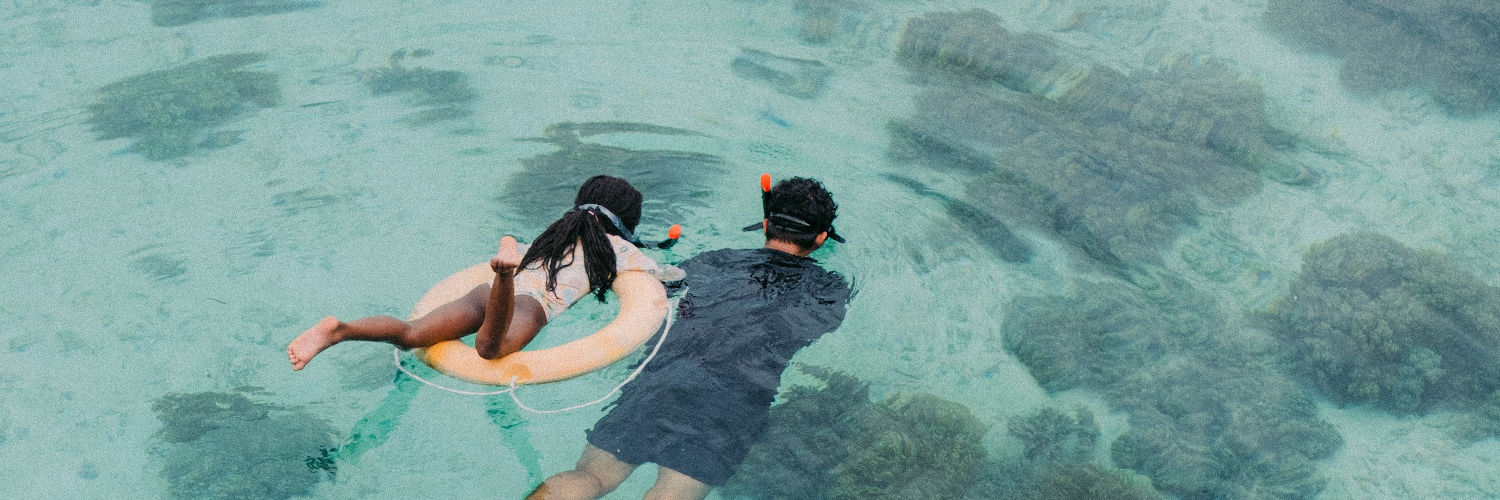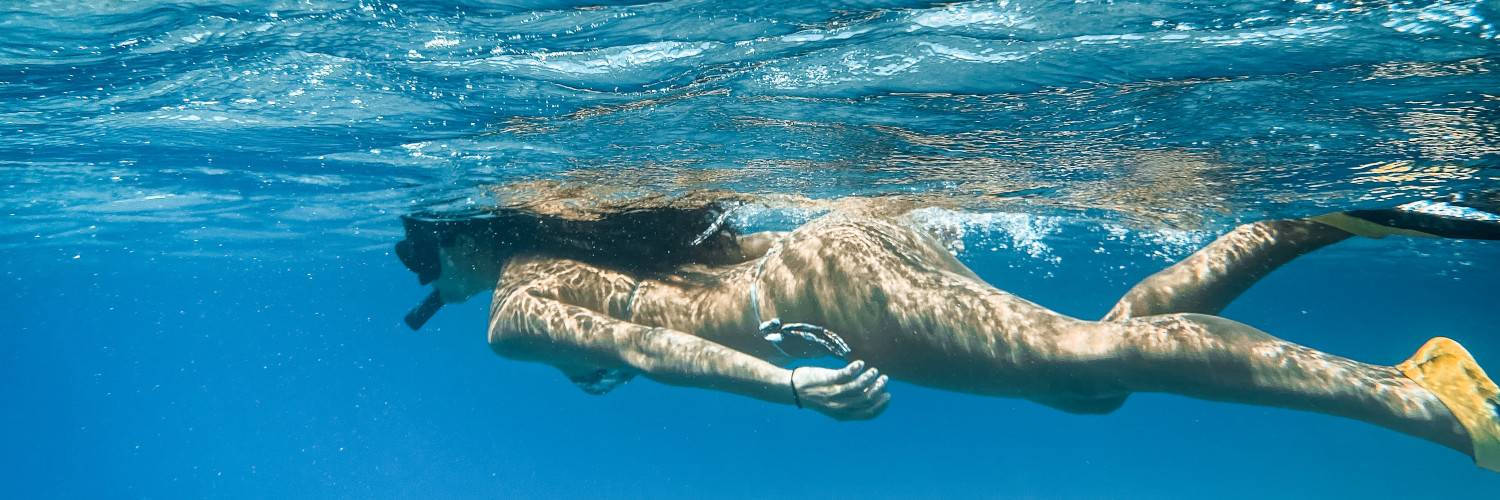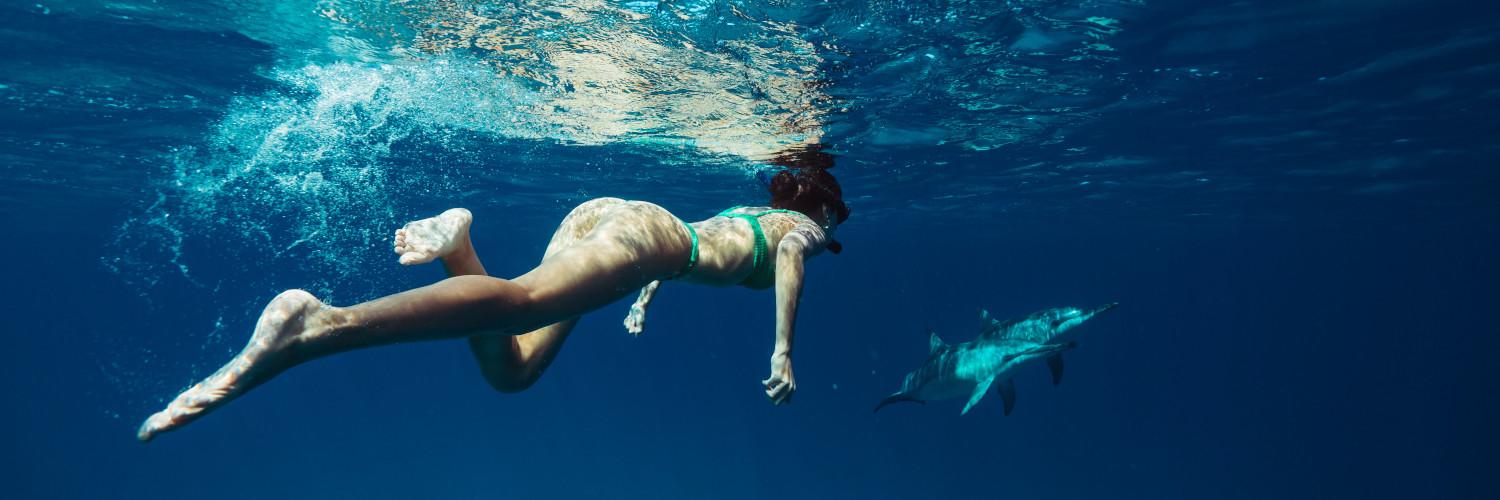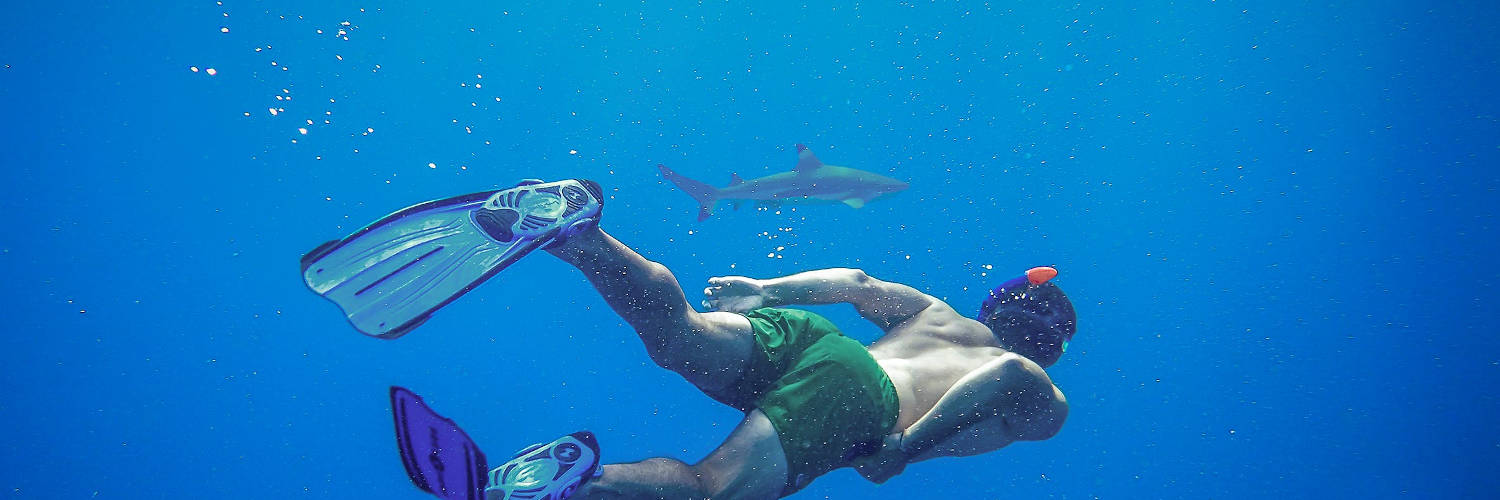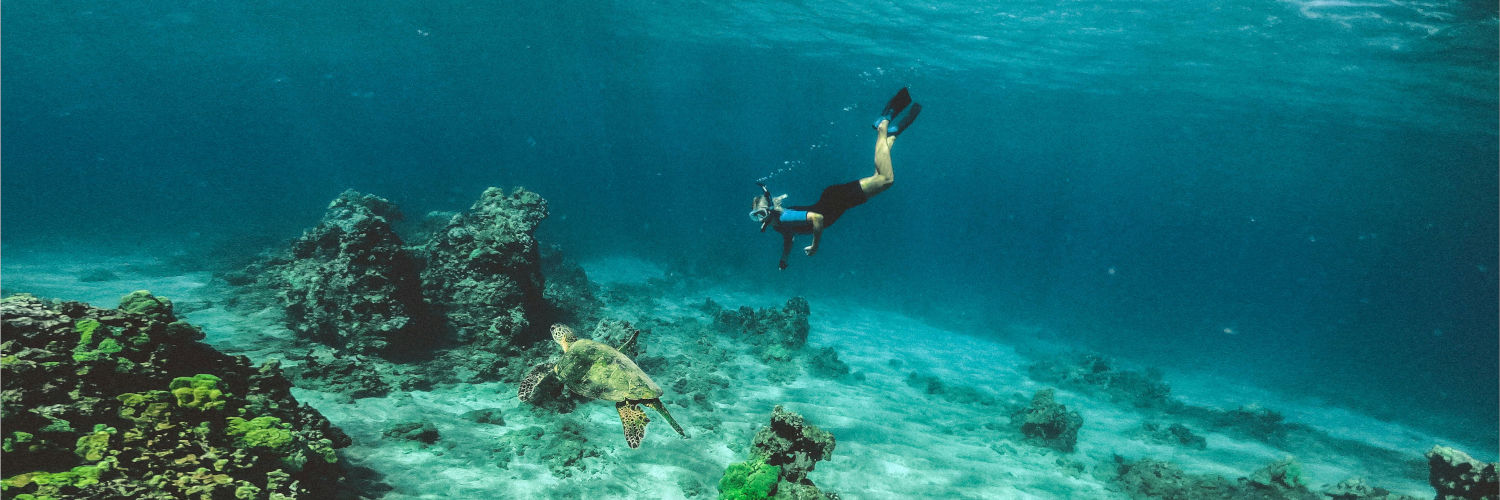Snorkeling is an engaging water activity that provides individuals with an opportunity to explore underwater life with simplicity and ease. Essential to this aquatic adventure is having the right snorkeling goggles, a cornerstone piece of equipment that enables a clear and comfortable view of the marine landscape. Quality goggles not only protect the eyes from saltwater but also ensure a leak-free experience, allowing snorkelers to focus on their surroundings rather than adjusting their gear.
The design and technology of snorkeling goggles have evolved, offering features such as anti-fog coatings, UV protection, and wide-view masks to enhance the underwater viewing experience. Advanced materials and ergonomics play a pivotal role in the comfort of the goggles, ensuring a snug fit that conforms to different facial contours without causing undue pressure or discomfort. Whether for a beginner or a seasoned snorkeler, selecting proper snorkeling goggles is an investment in both safety and enjoyment.
Clear vision under water is vital, and today’s market presents a range of snorkeling goggles to suit various preferences and requirements. From frameless designs that cater to a low-profile look to full-face snorkel masks that offer a 180-degree panoramic view, there is a bevy of options available. Enthusiasts can delve into a variety of colors and patterns, matching functionality with personal style, making snorkeling not just an activity but an expression of the individual’s taste and passion for sea exploration.
Understanding Snorkeling Gear
Selecting the right snorkeling gear is vital for a comfortable and enjoyable underwater experience. This entails understanding the specific functions and types of equipment like masks and snorkels, and discerning between goggles and masks.
Mask and Snorkel Essentials
The snorkeling mask is a fundamental piece of gear that creates an air pocket in front of the diver’s eyes, allowing for clear vision underwater. Masks typically feature a silicone skirt for a watertight seal, adjustable straps for a secure fit, and tempered glass for safety. It’s crucial to choose a mask that fits snugly without being too tight.
A snorkel is a breathing tube that enables the snorkeler to breathe with their face submerged. Features to consider in a snorkel include:
- Comfort: A mouthpiece that feels comfortable for prolonged periods
- Dry Top: Prevents water from entering the snorkel tube
- Purge Valve: Allows for easy clearing of water from the tube
Goggles vs. Masks
While often used interchangeably in casual conversation, goggles and masks are distinct. Goggles are typically designed for surface swimming, covering only the eyes and not providing a seal around the nose. This design doesn’t allow for nose breathing and isn’t suitable for snorkeling.
Snorkeling masks cover both the eyes and nose, permitting breathing through the snorkel and offering a wider view underwater. The best snorkeling gear is that which meets the diver’s specific needs in terms of fit, comfort, and functionality. Always ensure to inspect and try on masks for the right fit before purchasing or using them for snorkeling activities.
Choosing the Right Fit
A snorkel mask that fits correctly is crucial for a comfortable and hassle-free snorkeling experience. It should provide a comfortable fit without the risk of water leakage and ensure clear vision underwater.
Finding the Perfect Size
Silicone Face Skirt: A key component in achieving a comfortable fit, the silicone face skirt of a mask must conform snugly to the diver’s face. To determine the proper size, they should place the mask to their face without using the straps and inhale through the nose. If the mask stays in place with no air leakage, it’s a good indicator of an appropriate fit.
- Measurement Guidelines:
- Measure the distance between the bridge of the nose and the bottom of the chin.
- Compare this measurement with the manufacturer’s sizing chart.
Adjustment Features
Adjustable Straps: A mask should have adjustable straps that allow for fine-tuning the fit. These straps play a critical role in ensuring the mask sits with comfortable pressure without being too tight.
- Types of Strap Adjustments:
- Traditional pinch-clip straps
- Swivel buckles for a more custom fit
To test for the right fit, divers must adjust the straps and wear the mask for a few minutes to ensure that it remains comfortable and free from pressure points.
Technological Advancements in Goggles
The snorkeling experience is greatly enhanced by innovations in goggle technology focusing on optimal visibility and user comfort. Among these advances, anti-fog features and enhanced viewing options stand out, offering snorkelers clearer and more expansive underwater vision.
Anti-Fog Technologies
Snorkelers often face the issue of goggles fogging up, which results from temperature differences and humidity. Modern advancements include anti-fog coatings that actively prevent the condensation of water on the lens interior. These coatings typically create a hydrophilic surface, allowing water to spread evenly in a thin layer, rather than forming vision-obstructing droplets. Some goggles incorporate advanced ventilation systems designed to reduce moisture build-up. Additionally, high-quality materials such as tempered glass lenses are used in conjunction with anti-fog technology to provide a durable and long-lasting solution to this common problem.
Enhanced Visibility Options
Visibility underwater is pivotal for a gratifying snorkeling experience. Newer goggles have been designed with panoramic views in mind, featuring a wider lens to extend the field of vision. The use of tempered glass not only adds durability but also contributes to a clearer view, as this material is less prone to scratching than traditional plastic lenses. Goggles now come with various tinting options as well, balancing light and contrast to improve visibility in different water conditions. For snorkelers who require corrective lenses, advancements have been made to integrate prescription lenses directly into the goggle design, bridging the gap between functionality and accessibility in snorkeling equipment.
Safety and Maintenance
Proper maintenance of snorkeling goggles is crucial for ensuring both safety and longevity. By focusing on durable protection and adhering to recommended cleaning and storage procedures, one can not only extend the life of their goggles but also maintain clear visibility and comfort during snorkeling activities.
Ensuring Durable Protection
Scratch-resistant lenses are a fundamental feature for maintaining clarity of vision underwater. When purchasing snorkeling goggles, one should opt for goggles with scratch-resistant lenses to prevent damage that can occur from contact with sand or other abrasive materials. Impact resistance is another important quality, providing protection from accidental bumps or drops. To ensure maximum durability and safety, users should store their goggles in a storage bag when not in use to prevent scratches or other forms of damage.
Cleaning and Storage
The lifespan of snorkeling goggles is heavily dependent on proper cleaning and storage. Here’s how to do it:
- Rinse goggles with fresh water after each use to remove salt, sand, or chlorine.
- For a deeper clean, use warm water and a mild detergent; avoid harsh chemicals such as bleach.
- Allow the goggles to air dry completely before storage to prevent the growth of mold or mildew.
When storing your goggles:
- Keep them in a cool, dry place out of direct sunlight to prevent degradation of materials.
- A dedicated storage bag helps to safeguard them from dust and scratches.
- Ensure that dual lens goggles are particularly well cared for to maintain their easy to clean surface and anti-fog properties.
By following these guidelines, snorkelers can rest assured that their goggles will remain clear, clean, and well-protected from elements that could hinder their snorkeling experience.
Advanced Snorkeling Tips
Advanced snorkeling not only requires skill and experience but also the right gear tailored to the snorkeler’s needs. Focused on those who have mastered the basics, this section delves into specialized equipment features and techniques for the seasoned enthusiast.
For the Experienced Snorkeler
Experienced snorkelers often seek out challenges in open water and dynamic conditions. For them, a dry snorkel is crucial. This snorkel type includes a dry top valve which seals the tube’s top when submerged, preventing water entry. This feature enhances the snorkeling experience by allowing snorkelers to dive below the surface without swallowing water.
They should prioritize hydrodynamic gear that reduces drag, enabling easier movement through the water. This includes fins with longer blades that increase propulsion with each kick. When selecting a snorkel, they should look for ergonomic designs that minimize fatigue during extended periods in the water.
Specialty Goggles Features
The right goggles play a pivotal role in an enjoyable snorkeling experience. For snorkelers who prefer the panoramic view, full-face masks offer a wide field of vision. These masks integrate the snorkel directly into the mask, which some find more comfortable for extended wear. However, it’s essential to choose high-quality models that provide a reliable one-way valve to prevent CO2 buildup.
Here’s a feature comparison to consider when choosing snorkel goggles:
| Feature | Full-Face Mask | Traditional Goggles |
|---|---|---|
| Field of Vision | Wide, unobstructed | Limited by frame size |
| Breathing | Through mouth or nose | Strictly through mouth |
| Water Seal | Surrounds entire face | Around the eyes and nose only |
| Dry Top Valve | Typically integrated | Separate piece to attach |
| Hydrodynamics | Less streamlined, can cause resistance | More hydrodynamic, less resistance |
| CO2 Buildup | Can occur in low-quality models | No risk, separate snorkel |
Regardless of preference, experienced snorkelers should choose goggles with anti-fog treatment and UV protection for the best underwater visibility and eye protection. It’s equally important to ensure a snug fit without causing discomfort, as leaks or pressure points can detract from the snorkeling experience.

